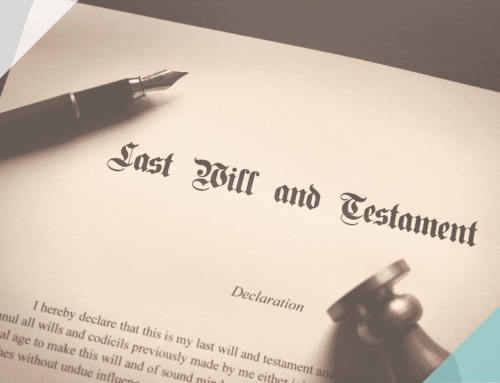The minimum energy efficiency standard (MEES) came into force on April 1st 2018. It applies to privately rented residential and non-domestic properties. The aim of MEES is to encourage landlords and property owners to improve the energy efficiency of their properties. This is done by requiring landlords to hold an Energy Performance Certificate (EPC) with a rating of E or above.
An energy performance certificate provides information on a property‘s energy use and typical energy costs. It also gives recommendations on how to reduce energy use and save money. A property is rated on a scale of A to G with A being the most efficient and G being the least efficient. An EPC is valid for 10 years. As aforementioned, landlords granting a new lease of commercial premises or those holding existing ownership of property must hold an EPC with a rating of E or above unless an exemption applies that has been registered on the Private Rented Sector Exemptions register. Properties that do not require an EPC include:
- Places of worship
- Temporary buildings that will be used for less than 2 years
- Buildings with a total useful floor space of fewer than 50 metres.
April deadline
Landlords are under increasing pressure to ensure that their properties stay within these regulations. As of April 1st 2023, it will be unlawful for any landlord to continue to let commercial premises with an EPC rating of F or G. Failure to comply could result in a fine of up to £150,000 per offence. However, there are still instances where a property will have a rating of F or G and still be allowed to let due to certain exemptions.
What are these exemptions?
As stated, there are a few reasons why a property may be excluded or exempt from this statute. The requirement of an EPC rating of E or above applies to non-domestic private rented property which is situated in England and Wales and which is let under a qualifying tenancy. Non-domestic property includes premises that are not used specifically just for accommodation. Examples of non-domestic properties include shops, offices, industrial buildings and schools. It can be found from information provided that qualifying tenancy does not include tenancies of 6 months or less or 99 years or more.
A valid exemption must be registered and usually lasts 5 years. A key characteristic of these exemptions is that they are not transferrable. This means that if the property undergoes new ownership then this new owner must register for a new exemption. Notable reasons for exemption include:
- Economic exemption- this exemption is given if the costs of carrying out the relevant energy efficiency improvements needed cannot be recovered within seven years. This is known as the ‘seven-year payback test’.
- Improvements exemption- this exemption relates to the relevant energy efficiency improvements being done, but no improvement to the overall EPC rating.
- Consent exemption- if a tenant does not consent to a landlord carrying out the needed energy efficiency improvements and the landlord does not have right of entry under the lease then consent exemption will be given. This is because the landlord does not have a statutory right to carry out the improvements.
- Devaluation exemption- this exemption is given if carrying out the relevant energy efficiency improvements will reduce the market value of the property by more than 5%. In order to receive this exemption a property owner must have a report from an independent surveyor as documentation.
- New buyer exemption- if a landlord has bought a sub-standard property (a property with an EPC of F and G) that is subject to tenants then they may be subject to a six-month temporary exemption.
Are these standards expected to change?
It is expected that the MEES will change. As the government and overall economy become more concerned with becoming energy efficient in order to combat key global issues such as climate change, it is clear that they will want to raise the minimum EPC rating. A government consultation in 2021 proposed a baseline EPC of rating C or above by 2027 and of B by 2030. This will cause increasing worry for current or potential property owners who may not have the financial capabilities to commit to these regulations.
Key takeaways for landlords:
Current landlords should check their property portfolios in order to check their EPC ratings and sub-standard properties in order to identify what and where improvements need to be made. However, the most important thing for landlords to do in the months leading up to this legislation becoming concrete is to seek advice. They should seek advice to find out if their property is exempt and if it isn’t, where improvements should be made and who by. This should all be done in agreement with tenants.
If you require legal support in this area, email william.oakes@attwells.com or call 01206 239764.





